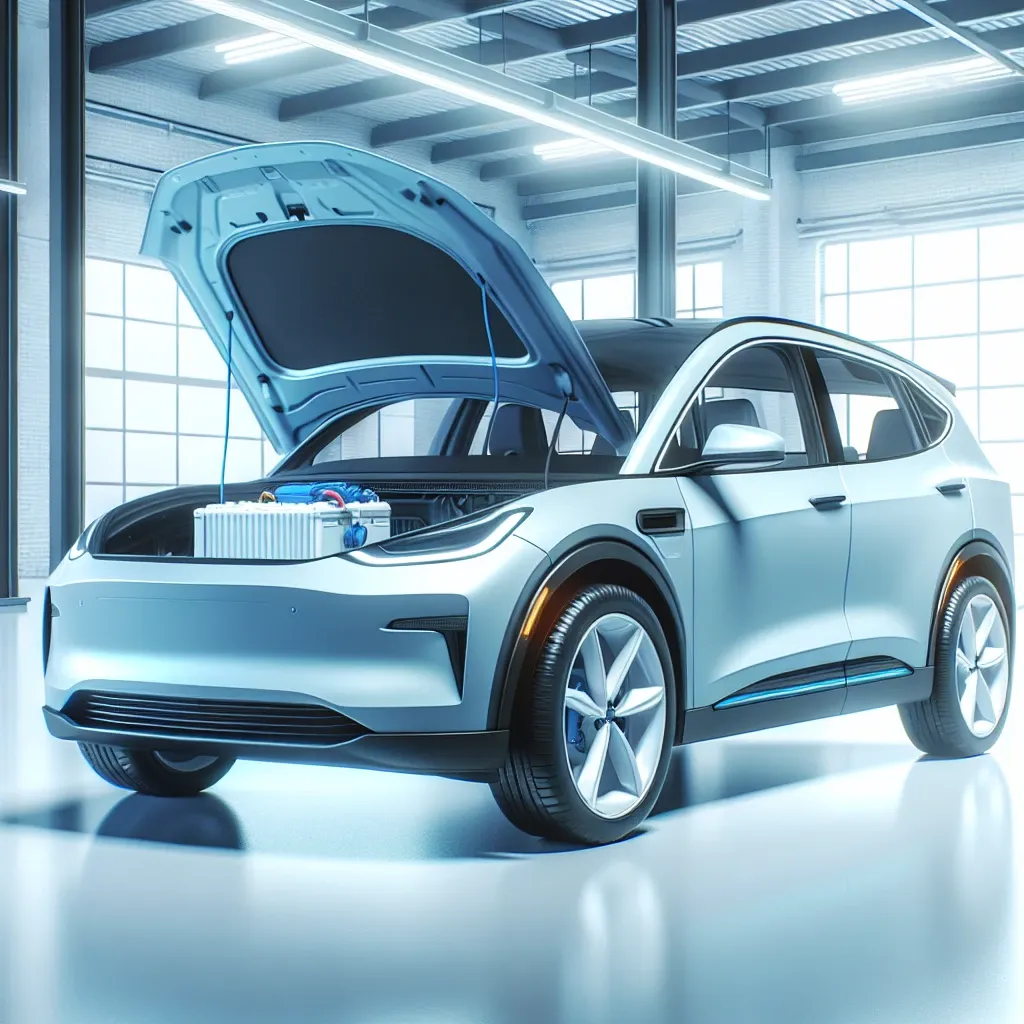Introduction
The electric vehicle (EV) market is constantly evolving, with advancements in technology and shifts in consumer demand shaping the future of sustainable transportation. One of the most anticipated updates is the rumored introduction of a cheaper lithium iron phosphate (LFP) battery option for the Tesla Model Y. This article delves into the implications of this development, how it could affect pricing, and what it means for both Tesla and its customers.
Understanding LFP Batteries
Lithium iron phosphate (LFP) batteries are known for their safety, longevity, and cost-effectiveness compared to traditional lithium-ion batteries. These batteries have gained popularity in the electric vehicle market due to a few key advantages:
- Safety: LFP batteries are less prone to overheating and combustion, making them a safer choice for electric vehicles.
- Longevity: They offer a longer cycle life, meaning they can be charged and discharged more times than traditional batteries.
- Cost-Effectiveness: The materials used in LFP batteries are less expensive, which can lead to lower production costs.
Historical Context of Tesla’s Battery Technology
Tesla has always been at the forefront of battery technology innovation. The company primarily utilized nickel-cobalt-aluminum (NCA) and nickel-manganese-cobalt (NMC) batteries in its vehicles. However, the recent global supply chain disruptions and rising costs of nickel and cobalt have prompted a shift towards more sustainable and affordable options like LFP batteries.
The Shift to LFP
In 2020, Tesla made headlines when it announced that it would start using LFP batteries in its Standard Range Model 3 vehicles built in China. This move not only appealed to cost-conscious consumers but also demonstrated Tesla’s commitment to making electric vehicles more accessible.
Rumors of LFP in Model Y
Recent rumors suggest that Tesla is considering expanding its use of LFP batteries to the Model Y, which could significantly reduce the vehicle’s overall cost. This speculation has created a buzz in the EV community and among potential buyers, as a cheaper Model Y could attract a wider audience.
Implications for Tesla and the EV Market
If Tesla successfully integrates an LFP battery option for the Model Y, several implications could arise:
1. Pricing Strategy
The incorporation of LFP batteries could allow Tesla to lower the price of the Model Y, making it more competitive against other electric SUVs on the market. This strategy could lead to an increase in sales volume, helping Tesla solidify its position as a leader in the EV sector.
2. Market Expansion
By offering a more affordable Model Y, Tesla could appeal to budget-conscious consumers who may have previously considered other brands. This expansion into new market segments could drive overall EV adoption rates.
3. Supply Chain Stability
The shift to LFP batteries can help mitigate some of the supply chain challenges associated with nickel and cobalt, which have seen fluctuating prices due to geopolitical tensions and mining restrictions. This stability is crucial for Tesla as it scales production to meet growing demand.
Real-World Examples
Companies like BYD, a Chinese EV manufacturer, have successfully implemented LFP batteries in their vehicles, resulting in lower costs and increased sales. This example highlights how Tesla could potentially replicate this successful model in the global market.
Expert Opinions
Industry experts have commented on the potential of LFP batteries for Tesla. According to a recent analysis, “The adoption of LFP batteries is a strategic move for Tesla. It not only reduces costs but also aligns with the company’s goals of sustainability and energy efficiency.””>
Pros and Cons of LFP Batteries
Pros
- Lower production costs, leading to affordable vehicle prices.
- Safer battery chemistry with reduced risk of fires.
- Longer lifespan, translating to better overall value for consumers.
Cons
- Potentially lower energy density compared to nickel-based batteries, resulting in slightly reduced range.
- Perceived stigma regarding performance compared to higher-end batteries.
Future Predictions
The transition to LFP batteries could not only influence Tesla’s future but also set a precedent for the entire EV industry. As manufacturers seek to lower costs and improve accessibility, LFP technology might become the standard for entry-level electric vehicles.
Conclusion
In conclusion, the rumors surrounding the Tesla Model Y’s transition to a cheaper LFP battery option could have significant ramifications for the EV market. With the potential for lower pricing, increased market penetration, and enhanced supply chain stability, Tesla may be paving the way for a new era of affordable electric vehicles. As we await official announcements from the company, one thing remains clear: the future of electric mobility looks promising.
Call to Action
For those interested in the potential of the Tesla Model Y and its new battery technology, staying informed is essential. Follow Tesla’s developments and consider how these innovations might impact your next vehicle purchase.

Leave a Reply